|
It’s a word my sister used after the death of Justice Ginsburg, when it became clear that the administration would be moving ahead as quickly as possible to fill her vacant Supreme Court seat. My sister, who lives in Australia, often wakes up these days to a round of staggering news from her homeland, and puts in a pre-coffee call to one of us here in the States. It’s three in the afternoon by our clock. By now we’ve had some time to digest whatever the day has thrown at us. But that day was hard. That loss was larger than most. There was little comfort we could offer each other, and by the end of the call we had worn out our grieving and were both feeling angry and defeated by the willingness of those in power to rush through a nomination that will change the way laws are decided in this country for the next two decades. That’s when she used the word. She said, “It’s unseemly.” And I said, “If you’re looking for seemly, you’ll have to look somewhere else. As political leadership goes, we are living in a time of almost unimaginable unseemliness in this country.” Her two boys needed breakfast and we hung up shortly after that.
We all arrive with our ideas and opinions, which on the low side of things turn toward judgments and a failure to understand. We are all capable of “unseemly.” But here’s the good news. That word has an antonym, and if we’re honest and look around with a fair mind, there’s plenty of “seemly” to witness in the world. It sometimes comes in the mail, via eBay, like this one. Three sentences, written in a shaky hand. It arrived in a package containing four watchbands: Mrs. Erhart, My apologies for my tardiness in my handling and shipping your watchband to you. So I have enclosed 3 similar style watchbands (free of charge) in the hopes that you will forgive me as this is not my usual practice in business but I was in the hospital and was not in the frame of mind to have put my store on a leave of absence, but that is not your problem so I wanted to make it up to you! Thank you for your understanding and hopeful forgiveness, Marie Smith Reflexion Designs Marie Smith of Colorado Springs is an example of humility, good business, and seemliness. In the future, whenever I need a watchband, you can be sure I will buy it from her. (Though with her generous gift of four watchbands, I’ll be 87 years old before I’ll need to call upon her again. Thank you, Marie.) Unseemly isn’t what we are, mostly, though it’s the one booming voice in a quiet room. It’s tempting to throw up our hands and say, as the homeless guy’s sign said in black crayon on cardboard: Come on man. This sucks. That’s honesty, no doubt, but for many of us, seemly is something we can adjust within ourselves. Our circumstances have given us the choice. It’s a tool to go high (when they go low). That old-fashioned word, seemly, let’s make it fashionable again. Let’s do it for Marie Smith, in the hospital, worrying about my watchband. Let’s do it for my sister in Australia who feels the grief of distance compounded by a fear for the future of her homeland. Let’s do it for Justice Ruth Ginsburg and all the well-intended lovers of the Constitution of the United States of America. And for ourselves, our girls, our boys. Our world. This pear-shaped spinning object of great beauty, depending on us as we depend on it.
2 Comments
What is it that eases my heart every time a train rumbles by? The predictability? The knowledge that when this one comes and goes, another will replace it? The sense of connection-by-track to the enduring cities of Los Angeles, Chicago, and other great metropolises of this nation? The understanding that through fire and snow, sickness and death, the engines move undeterred across our immense landscape? That nothing will stop it, except robbers looking for bags of money, and they are a thing of the past? That all the things that bring us to our knees right now will not bring the train to a halt? That the sound and vibration are surprisingly comforting, like being held and rocked inside an enormous tunnel by a fleshy, unapologetic body?
Often I wake up in the night, thinking the house is falling down, only to come to my senses and understand it’s a train. There is no feeling of panic. I have no sense of impending disaster. I reason with myself: the house is falling—again. No, it’s the train, the first engines dragging and the last ones pushing. In between, there’s only the steady heartbeat of wheels scouring the track. It comes into my dreams in the same sinuous way it takes a corner. The other night it carried me to the river, the Colorado, and left me on a high wooden platform that wasn’t stage or dam, but a scaffold of sorts over which people were dragging their boats. Looking down at the river below, we gasped. The river, the lifeblood of the Southwest, was only creek-wide. You could walk across it. You could throw a barstool across it. “Still,” said one man lugging a kayak, “it’s the right color and all.” I wanted to tell him the deep clear green wasn’t the right color, actually, just the color we’d all gotten used to. It was no dream the two summers I worked on a fire crew up in the Crown King district of the Prescott National Forest. They’d helicopter us in, we’d scrape line all night, then they’d tell us to walk out. We were seven short people, wore the same length jeans, and we’d hike out of there singing “Hi ho, hi ho.” Jean was the only other woman on the crew and she taught me how to get in a good nap when the fire died down and the air cooled off toward morning. Dig a trench, fill it with hot coals, throw dirt on top of that and lie down. Though I was just as likely to stay up with the boys, listening to their stories about life in the mountains. If we weren’t out in the burning woods, we’d gather in the Crown King saloon on a Saturday night and listen to the not-so-bad band singing Eagles songs and Crosby, Stills & Nash while the old-timers two-stepped. I was, for a brief time, a band member myself. Banged the tambourine. Which speaks nothing of the terror of working a fire—from ahead of it if you’ve got the maneuverability and the wind cooperates, otherwise anywhere you can lay down a line. Meals Ready to Eat and frozen canteens of water. For me the scariest thing was knowing I had a fire shelter in my pack, it looked like something you’d wrap a baked potato in before throwing it directly on the coals. That shelter frightened me more than anything else about that summer (except the 1979 Castle Fire that started in Crown King’s backyard). Knowing that I had on my person a tube of tinfoil whose purpose was to keep me alive as a fire ran over me—knowing I was supposed to keep from scorching my lungs by breathing with my face in the dirt while the fire raged around me—something in this allowed me no comfort, no peace of mind. It was, had I known then what I know now, the opposite of what the train offers, holding and rocking me inside its great fleshy heart. For years I had a chair I never sat in. “It’s the wrong color,” I said. “Pale blue and yellow. I can’t sit in a pastel chair.” So it sat by itself. Occasionally we piled blankets on it and yoga mats and meditation cushions. It took up quite a bit of space in the living room. It faced a window onto the busy street. For people-watching, it occupied prime real estate, but I didn’t sit in it. Nobody sat in it. “Those pastels,” I said.
I grew up in floral and pastel surroundings. My mother made slipcovers for all our chairs, and for reasons in line with the 1950s, she favored unobtrusive, non-declarative shades of green, blue and yellow. If roses were available against a background of beige, we sat on roses. I was in my late fifties before I understood that walls could be painted rich, deep colors and the house wouldn’t fall apart. We go to what we know, and other people are there to reroute us if we allow them to. I’m going to suggest we’re in a stubborn time in our country right now, simply because we keep going to what we think we know. And it does, to our surprise or satisfaction, keep producing the same outcomes. Until we reject those outcomes, we’ll continue to not sit in the pastel chair. My mother moved out of the ‘50s along with everyone else. I was in college when she started using Marimekko fabric. Marimekko designs had big bold shapes, often in black and white, or a red or bright orange—seldom blue and green, and never yellow. In her own clothes she moved on to natural-colored linens that were quiet without being pastel. As her children left home she began to take risks, to move into unknown territory, and I must say there was a deep beauty about her boldness. Boldness, I saw, didn’t have to be loud, didn’t have to shout; it was a frame of mind that dared to explore a new way of being. We, as American people, lack boldness at this moment. Our trenches have deepened over the last four years and we’re digging in, going with what we’re sure we know, living in a vanishing past. We’re operating out of fear, a great wealth of it, suppressed and gone awry. Change, yes, both noun and verb. Change! When I moved away from the house in which the pastel chair ruled our lives, I astonished myself by taking the chair with me. With one amendment. I took it to the upholsterer and asked my friend, Lynne, to come with me to pick out colors. I wanted rerouting; the whole situation needed rerouting. I exercised boldness and together we chose a magnificent red, a red subtly laced with orange and black, without one trace of blue or yellow in it. This chair—The Red Chair, as I call it—is now the chair I sit in to write. This morning, thinking about America from my perch in The Red Chair, and feeling the last soft days of summer breezing in through the window, and watching the play of light in the apple tree just beyond the window, I felt settled for the first time in half a decade. I felt sorry instead of disbelieving and angry. I felt myself as part of a great unknowing, willing to unknow. It is the boldest move we can make, to give up our investment in a fixed present, a familiar present, whether comfortable or not, and launch into an unknown that does not promise one damn thing except the satisfaction of daring to explore a new way of being. If there’s a chair in the room, please do what needs to be done to sit in it. Impossibly, one Christmas my mother gave me a raccoon coat. It was not a new coat, but neither was it the worse for wear. The fur, or pelt might be a more accurate word, was not moth-eaten or sorry looking, if a bit dull, and my mother had replaced the entire lining with the same brilliant blue fabric that covered our living room chairs. She had rebuilt the coat from the inside and she presented it to me that Christmas, the Christmas I was twelve, with a beam of pride that broke my heart. Because the last thing in the world I wanted was to walk out into the jungle of New York City and through the doors of my school wearing a bunch of dead animals on my body. The last thing I wanted was a raccoon coat. I thanked my mother profusely, overdoing it to cover my shame. It was the shame of ingratitude, the anticipatory shame of arriving as I must in front of 610 East 83rd Street, my school, and being the laughing stock, the butt of the joke, the blushing target of everyone’s unmerciful teasing. Juanita Dugdale had worn a modest fur hat to school one day and for that she was crucified. I knew the consequences and my mother did not. Her plan was to save me in style from those cold New York winters, but in fact she was throwing me to the wolves.
My older sister’s best friend, Kate, was the first to land a dart. She looked me up and down and smiled dangerously as we stood at the bus stop together. “Height of prep,” was all she said. I remember the sting of it to this day. But I was grateful for the efficiency, the brevity of her blow. Others were not so reserved, or rather not so accurate in the delivery of their poison arrows, and several seemed genuinely confused as to whether or not the coat was made from our own pet raccoon, Mr. Peepers, who had come and gone in our lives several years before. I came home from school and stood as I always did in front of the cracker and potato chip closet above the built-in oven in our kitchen, and cried. I had not even bothered to take off the coat and I stood and hung my head and blubbered into the scratchy fur that came up to meet my face. Here it was, this hideous coat with its beautiful, elegant, blue as the blue sky lining, hand-sewn by my beautiful, elegant mother, and I had to choose. I had to either bear the shame or refuse the gift, which at that moment felt like refusing the gift of life she had also given me. With all its difficulties and uglinesses, I hadn’t refused that gift, had I? the gift of life? It was difficult and complicated, even hideous at times, but I had chosen to concentrate on life’s beautiful blue lining and now, I decided right there in the kitchen, I would do that again. I was going to write about the Richmond statues this week, and the writing and rewriting of history, which is what history is—an ongoing draft of a story from different points of view. But I decided instead to write about flowers. Not because, like my line-toeing ancestors, I don’t want to ruffle feathers. I do, in fact. Healthy feather-ruffling leads to conversation and greater understanding, and what we need more than ever right now is some patient listening and a good exchange of ideas. But I haven’t been in a position to patiently listen to why it makes sense to venerate the heroes of a coalition against which we were at war, many of whom believed in a system of ownership of and forced labor by other human beings. I would like to listen to someone in whose mind that makes sense. I am curious to know how that makes sense. I would like to listen openly rather than shut my own mind to this difference between minds.
Notable: By the time of the Civil War, slavery wasn’t confined to the Confederacy. The Union had slave owners, too. The border states of Maryland, Delaware, Kentucky, Missouri and West Virginia were slave owning, and they continued to be after Abraham Lincoln’s famed Emancipation Proclamation. The president declared the slaves within the Confederate states free, but left slave ownership intact in the useful, resource-rich border states that supplied the Northern army. He did what he thought the war effort demanded, and played his political cards. He went on record as saying, “If I could save the Union without freeing any slave I would do it; and if I could save it by freeing all the slaves I would do it; and if I could save it by freeing some and leaving others alone I would also do that.” Food for thought. Notable: In half of what I’ve read about Robert E. Lee, commander of the Army of Northern Virginia and perhaps the best-known general, North or South, of the American Civil War, he seems like a pretty good guy. By that I mean fair, morally put-together, and capable of great feeling for the young men he ordered into battle. Also, by marriage, a slave owner, and not necessarily a kind one. He married the daughter of George Washington’s adopted son who inherited the Washington family’s slaves (yes, that George Washington), and a year-and-a-half into the Civil War Lee freed them. Notable: They were free and the slaves in the Union’s border states were not. Food for thought. How we respond to the complexity of our fellow human beings, how we accommodate or damn them, is of great interest to me. But I was going to write about flowers. Why flowers? Because they’re beautiful, and when I tear them from the ground and place them in my house, they give me pleasure. Simple. I don’t have to accommodate or damn them. I don’t have to struggle with their complexity. I can just enjoy them, and more and more, as the turning of the world becomes less and less certain, or I should say, as the innate uncertainty of all life becomes more visible to our clouded eyes, or as someone recently said, as people become more and more themselves, we could use a little beauty, a little rest from confusion, conflict, loneliness and doubt. We could use a break from what we know we have to accept. Not right now, please. Five minutes more. Oh, take a look at those flowers! But the last word must go to Robert E. Lee who, it’s said, objected to the idea of raising Confederate monuments. He thought it wiser “not to keep open the sores of war but to follow the examples of those nations who endeavored to obliterate the marks of civil strife.” He would, it seems, advocate the toppling of the statues, including and especially his own. Last night my sister did the math. If she lives to be eighty years old, she’ll have five more biennial visits to the family summer place in Maine. Five. Five more family get-togethers on an island we’ve known since we were kids.
We were Zooming, all five of us, from Australia, California, Arizona, Minnesota and Connecticut, and we took in the news with appropriate sobriety. My youngest brother said, “Maybe you’ll live to ninety.” My sister, the Minnesotan, said, “Sure, but who’s going to drive me?” She’s afraid of flying and has big dogs besides. My youngest brother said, “I’ll drive you.” My older younger brother said, “I’ll drive you.” My youngest sister offered both her sons as drivers, even though that’s dicey and we all know it because Australians drive on the other side. I said, “I’ll drive you, but by the time you’re ninety I’ll be eighty-eight.” Not a good idea, we decided. “I’ll take the plane,” I said. “Maybe it’ll be safe to fly by then.” It feels good to talk about mortality before it starts to weigh you down. Especially in a close family of people who will miss you when you’re gone. I can’t yet imagine life without my siblings, though my older younger brother tried to slip out in his thirties when he was mugged and suffered traumatic brain injury. I feel some relief to be the second oldest in our lineup. The grief of loss has long felt heavier to me than the fear of death. If we die in order, and there’s as good a chance as any that we won’t, I’ll only have to grieve my older sister. Sometimes I try and imagine stepping into her shoes, but it’s fruitless. Her shoes are hers and mine are mine. I once had the pleasure of driving Heid Erdrich, the poet (though as things go, perhaps better known as the sister of Louise), to Tuba City to teach a poetry class to 3rd-, 4th- and 5th-graders. Crossing the Little Colorado River she said, “There’s a lot of similarity between Ojibwe families and the old Puritan families of New England.” I was interested and asked her to say more. “Well,” she said, “for example, my people gather in the summer in our summer hunting grounds. It’s the time for family reunions, for celebrating those who survived the winter and mourning those who did not. It’s a sacred time, a time for remembering where we come from and memorializing our kin. The old New England families have their summer places where they go to do the same.” I’m a New Yorker, so not exactly of an “old New England family,” but close enough. We had a few Puritans who drifted up to Massachusetts a long time ago, but the rest were relative newcomers—Scots, Germans and a large handful of hungry Irish who got off the boat and stared at those Irish need not apply signs for several decades before they got a foot in the door. But as soon as the door opened, they followed the same instinct to come together, always just about the time the mosquitoes showed up. So for all of you with a lake house memory, or a shore house memory, or if you’re experiencing, as I am, the thwarted seasonal urge to get together with family, know that you’re in good company. In the northern hemisphere, at least, the loss is being felt. My solution is to revise my definition of family to soften the feeling of longing. A friend came over the other day and brought me an apron she’d made. Family. Another friend loaned me her grommet set. Family. Another said, “Here’s a loaf of bread. You look like you could use it.” Family. We’re trying to help each other. We’re happy to do it. I talked to my sister on the phone and said, “Look. Five get-togethers is five get-togethers. That’s not so puny. And if you have five, I only have six. If that’s what’s on offer, we’ll take it, right?” “Right,” she said. “We’ll take it.” On the river there was never any doubt that we might die in the next rapid. But the fact is, river deaths are rare. Death by hiking is much more popular. People fall from cliffs or die of thirst with some regularity in Grand Canyon. Or they suffer a heart attack when flipped into 50-degree Colorado River water. It looks like death by drowning but isn’t. Those who die in the river seldom drown.
I’ve spent unwanted time in the river at least three times. The first was a run through House Rock rapid, my maiden voyage in my own boat. I was on a private trip in November. We were all wet-suited up and the light was closing down and the cold was coming. My boat was a 12-foot rubber Apache, and my passenger was an irrepressible young woman named Delia who insisted on riding with me for the month we were on the river together. She had plenty of choices and I was the only novice, and I thank her every time I think of her, which is often. I dumped her in the first major rapid of our journey, and dumped her again at Lava Falls, the last. Both times we just held onto the upside-down boat, got to shore, dusted ourselves off, and with the help of our friends righted the boat and climbed in again. There’s little comfort in stopping to think about what’s just happened, because rapids keep coming and coming when you’re headed downstream, and you’ve got no choice but to negotiate the next stretch as best you can. And it focuses you to pay attention to water. It’s like writing in that way, totally absorbing and time-defying. A cold swim in a swift river can put you in a trance. Twenty-five years later, I got to meet the innards of the river again. But unlike the first two baptisms, where I was rolled from side to side and up and around and didn’t spend memorable time under the water’s surface, my swim through Bedrock rapid pinned me to the underside. My boat rolled up onto a large chunk of pink granite in the middle of the river, and did not flip but ejected me. I still have a scar on my foot to prove it. I didn’t know anything for what seemed like a very long time, then my mind woke up just enough to understand the weight and color of something on top of my head. It was, I realized, the river. I was underwater for no more than a minute, but a minute, as you can imagine, is a certain kind of forever. The current that held me down felt like a pair of liquid arms. I began to feel my lungs aching and I noticed the darkness of the water above me and realized I would have to work, to “bestir myself,” to get to air. Such a simple thing, breathing. Such an essential part of each living moment. I kicked and rose, kicked again and rose. The water paled. I saw light coming through the liquid canopy above me, and oddly, that was the moment I became not afraid but resigned to death. I thought, what an end to a life. What a waste, to die in this river. Instead of increasing my will to live, I was touched with realism as I approached the surface. The surface was still far enough away to be out of reach. I could clearly see the possibility of not being able to reach it. I wanted to reach it, but knew I might not. Sober, was my feeling. Sober, and a little sad. A this-is-it moment without the fuss of great emotion. Great emotion was not part of the ending of my life, apparently. Even as I broke the surface and opened my throat to the air, I felt still and quiet. Joy wasn’t there, nor grief, nor relief. Just the edge of sky, a pale blue line above the canyon wall, like a second river I would someday swim up through. My brother wrote to ask if decolonizing our bookshelves was the first step toward burning some books. Apparently, I had a lot to say in response:
David, I just made my way through a book I thought to be mediocre, a book that's winning high praise from the reviewers. There's nothing wrong with the book, but it didn't seem particularly high-praise-worthy to me, and I suspect this book would not have become a big hit had the protagonist and her family not been immigrants from Morocco. However, then it wouldn't be the book it is. The book deals with prejudice against this Moroccan family, and the events following the death of the father in the family. There are other themes as well, but that's the main one, and the book is built around it. So thematically, yes, it's an important window to a world most of us know very little about. For one thing, the book is set in the Mojave desert, near Joshua Tree. How many Americans even know where the Mojave is? And few of us know the life of Moroccan small-business owners in the US. My trouble with the book has nothing to do with the content. If I learn something from a book, if it opens up a cultural door to me, or gives me a new geography, I’m happy. My trouble with the novel is the unremarkable way in which it's written. There’s very little plot to it and the writing style is pedestrian, and yet the critics are raving. So let’s take a look at the raving critics. The critics’ job, it seems, is to find a “darling” and push their darling forward because that darling embodies a political group or statement they feel they need to (and perhaps actually do) favor. Right now, what’s in favor is whatever’s not part of the cultural majority—the anti-colonizers, if you will. What a change from the literary canon we had to read in every English class we ever took. Yes, we had a spoonful of Jane Austen and Charlotte and Emily Bronte, oh and some women poets (all of them dead), but goodness me, did you ever notice 99% of the time we just read books by white men? As a girl kid with writing aspirations, this seemed about as unsupportive as it could get. But I guess I couldn't help myself; I just kept writing. And then do you know what? I became the critics’ darling myself because I embodied the newest political group they were going to favor: gays. They had gay male writers and now they needed a lesbian. It was a moment in my life when I was chosen because I was in a certain place at the right time. Unusual Company was a first attempt at something I'd get progressively better at, but it was not praise-worthy. And it was especially not worthy of 1100 words in The New York Times Book Review. But, David, that's the way it goes. As my writing has gotten better and better, my recognition and audience have shrunk. I’m not a niche writer, and that’s a problem. I didn’t stay long in what I call the Gay Lit ghetto, and that was a disappointment to critics who were hoping to find my second book praise-worthy. (It was not. Praise-worthy didn’t start up until book #3, if you ask the author, or maybe book #4.) And then I either wrote from inside the skin of poor Georgia blacks, which is a no no, or I wrote historical fiction based in a well-known national park. The Grand Canyon, it turns out, isn’t any more of a hot topic than an ordinarily dysfunctional family in New Jersey. I want the author of the book I just read to know that being the critics’ darling is not a permanent position. It is, in Zen parlance, a finger pointing to the moon. These fingers are important, but don’t mistake them for the moon itself. A writer’s work is the critic’s pawn, but the moon goes well beyond these particulars. It runs the tides. It lights the night. It marks a welcome shift in our seeing and being. Decolonizing our bookshelves is not about being on the right side of history; it's about genuinely wanting to hear the stories of others who do us the great favor of reinforcing the notion of the common human experience. Meanwhile, I’ve been killing grasshoppers. It’s a messy business, best handled by chickens, but I’m not quite ready for chickens. Grasshopper eyes are big and hard to ignore, like a baby’s, or a chihuahua’s. Their bodies are a beautiful vibrant green, or pinstriped, or rusty red. They wiggle their antennae when I approach, indicating I’m not sure what, but I certainly understand from their attention to the situation that they are sentient beings. They are full-bodied, even the little ones. They don’t squash easily so that’s a method I can’t bring myself to use. I catch them in a bug net and drown them, and even then I frown and turn away as they wiggle and seem to fight for life. I squashed one in the drowning bucket today simply because it kept surviving. It found a blade of grass and rode that like a life raft. It swam back and forth in the bucket like a dog chasing a ball. I killed it in fury and in doing so crossed a line I hadn’t known was there.
It’s easy to kill in a rage. I wanted that animal dead so it would stop devouring my young red twig dogwoods. I wanted it dead so it wouldn’t move on to my cucumbers and scarlet runner beans. I justified its death and the death of all the rest of them. This creature is taking life, so I’ll take its life. An eye for an eye. Tip for tap. But add fury, rage, anger to it and the game changes. To kill that obdurate grasshopper, or any grasshopper, force is required. As I said, their bodies are firm and the older ones are downright armored. Which is why I chose drowning. It seemed both effective and once-removed from the killing process itself. But when the stubborn one didn’t drown and didn’t drown and didn’t drown, I gritted my teeth, literally, and moved into a different gear. You’re making me have to kill you with my own hands, I thought, and this resentment led to a brief swat of irritation, then moved quickly into anger. It took no time at all to dump that anger on the creature whose instinct for life was at least as robust as mine. I pinned it to the side of the bucket with a stick. My jaw ached and I could feel the ugliness rising in my chest, and suddenly I didn’t know myself. I was in an altered state for just a moment, but a moment out of proportion to the very small size of the creature whose life I was taking. And what is the size of a life? We think we can kill an acre of grasshoppers more easily than a herd of horses. We think we can kill a herd of horses more easily than squeezing the life out of one man. But for me, in that moment of anger, the hierarchy of life held no meaning whatsoever. I was utterly without protocol, pushing my hands through a curtain made of feeble human gestures, in order to complete a job I had begun. I was blind to what I was actually doing, and the anger made possible—and just—the taking not only of this life, but any. I can’t settle today. I walk around the house, make tea, forget to drink it, walk some more. This is the behavior of someone in grief, love, or anger—and it isn’t love.
I just learned the entire state of Arizona is under curfew for a week. This surprises me as I stand at the window and look out at my quiet street. It’s so easy not to feel involved, to feel helpless, and to feel that my world is the world under scrutiny for its racism and cruelty, and that I have to find my world to change my world, to be part of the change of my world, and today I don’t know where it is. Is it out there on the quiet street? Is it in Minneapolis with my sister? Is it in New York City with my childhood? Where is my world? Last Saturday when we had our weekly family Zoom meeting, I told my brothers and sisters that I had no visuals. I have the radio and that brings me the news, but obviously nothing I can see. I said I needed visuals in order to feel immersed in this moment. My strongest memories of the non-violent marches and peaceful protests, the riots and assassinations of the 1960s, are visual memories. The crowds on Selma’s Edmund Pettus Bridge. The snarling police dogs in Birmingham. The blood of Medgar Evers on his driveway, and the mule-drawn wagon carrying the coffin of Martin Luther King. My eyes soaked in the violence and committed it to memory, and now those images are reemerging, like bloated bodies rising in a river. And today I have new images—from the Guardian, YouTube, the Star Tribune—but I find myself feeling more lost and isolated, more helpless. We are all sitting alone with our screens, watching the news that suits us, that we are led to by our habits, so there is no one picture, no one iconic photograph that represents this moment to us. We watch a clip of something from somebody’s phone. It’s good we now have the power to publicly witness. In fact, it’s crucial. But it denies us a communal experience, a napalm girl photo, a flower in the barrel of a gun photo, a visual moment we will never forget. The 9-minute footage of the arrest and asphyxiation of George Floyd may be such a moment, or it may be too many moments. Its power is not in delivering a snapshot. Instead, it delivered a galvanizing slogan: I can’t breathe. But the truth is, this disunification of visual experience makes what’s happening in this time more accurate and real. This desire for one iconic image is the desire to distance, emotionally. If all that’s going on in our country and psyche is able to be contained within the frame of a photograph, then it’s manageable, no matter the brutality of the image itself. But in all the home videos, all the wobbly camera shots taken from ground zero in so many of our cities, I feel dizzy and in the fray, unable to see the larger picture, a picture that might include a future. And this is the very experience of the majority of those who demonstrate. We are bereft of communal understanding in America today, and we can’t see a future. We are isolated from one another by class, race, religion, and gender. My desire for an iconic photograph is a desire for something lost and gone, an American experience we have been moving away from for decades. I am content not to hear in any of what I watch or listen to, the name of the police officer who is responsible for the death of George Floyd, but if I were to know it I would have to set aside my fixed ideas, and say to him that he is me, and every time I think of him as someone I could never be, I cease to live in a deeper unity and a deeper reality, but instead in a world that creates a wall of separation between what is right and what is wrong, and places me on the right side of it. Is that my world? Where is my world? I am eager to find my place and let change move from me and around me. |
AboutA place to discuss writing or anything on your mind. All visitors are invited to join the conversation by commenting on posts, asking questions, and joining the newsletter below for even more opportunities to connect and converse! Archives
April 2023
Categories |

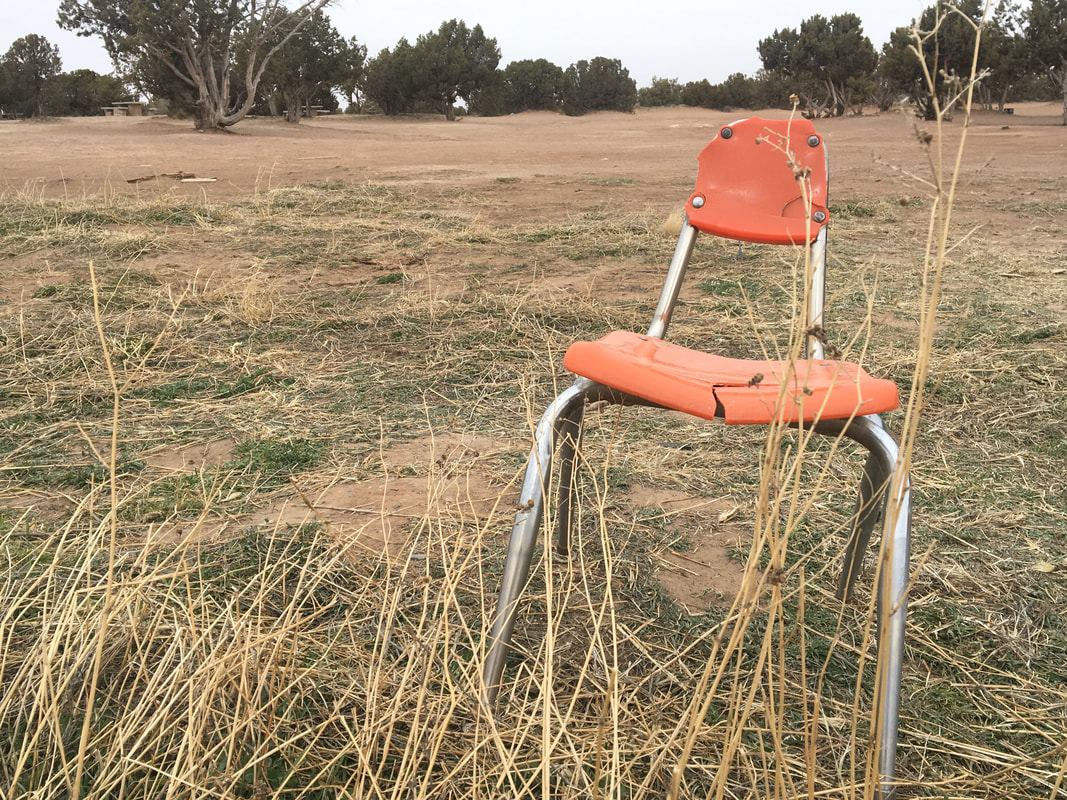

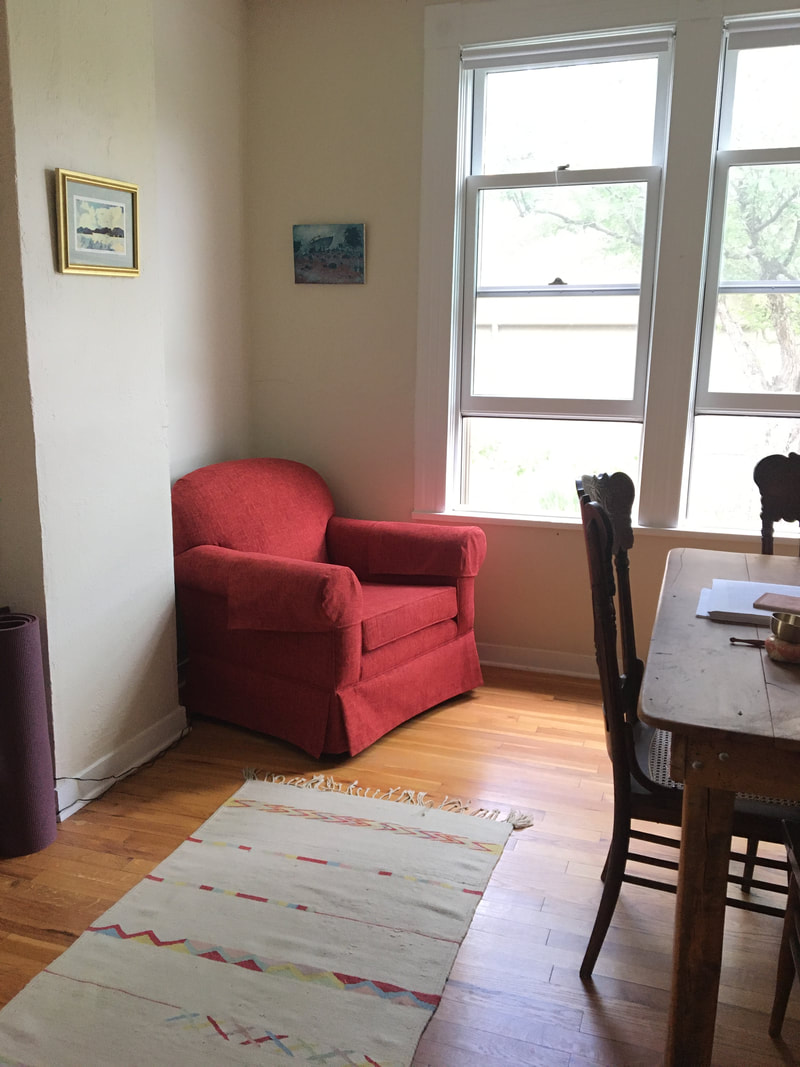
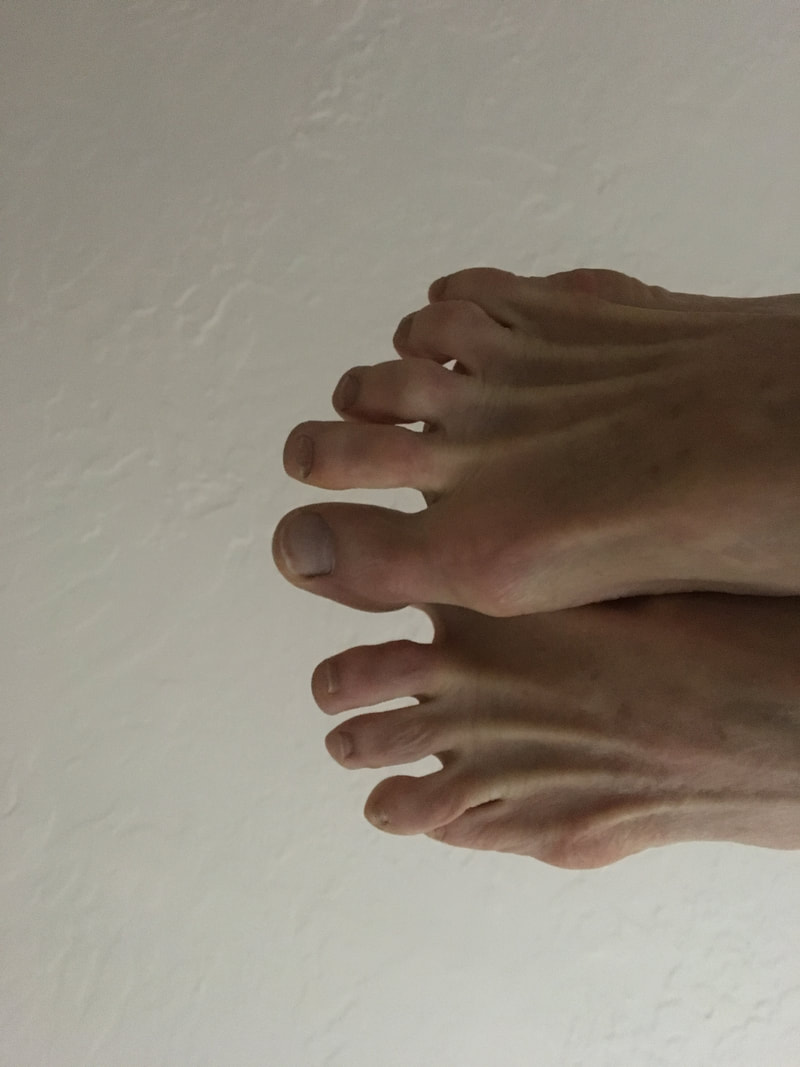
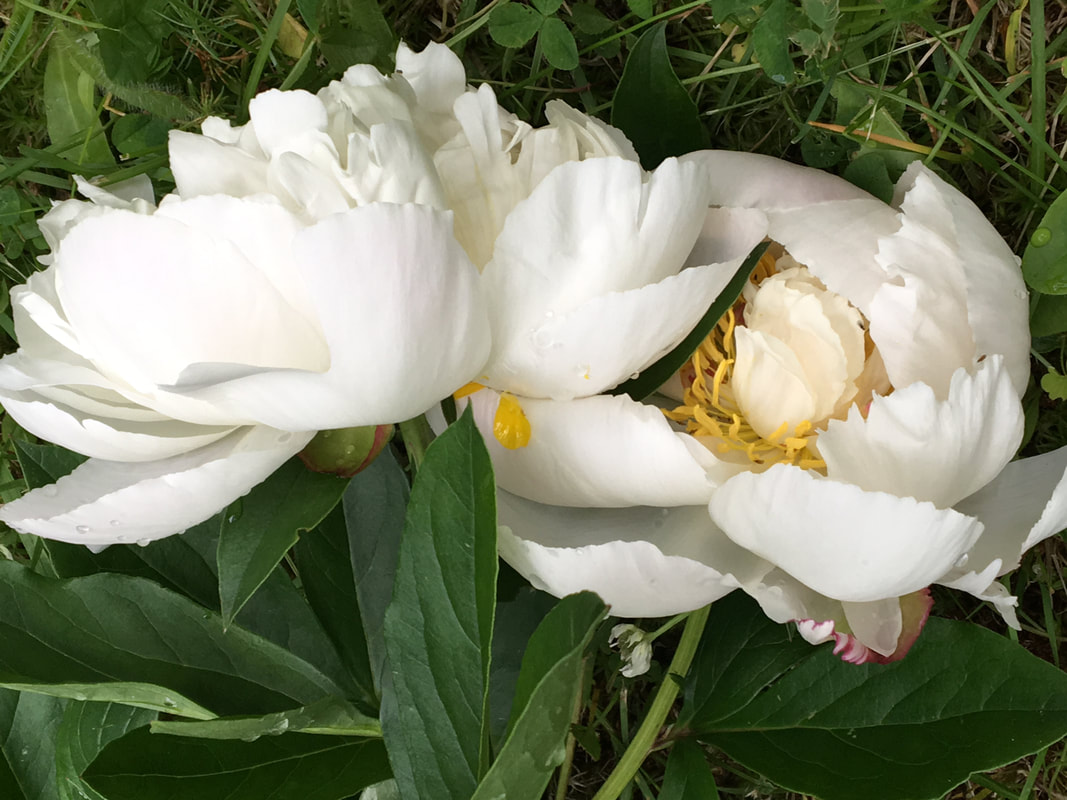
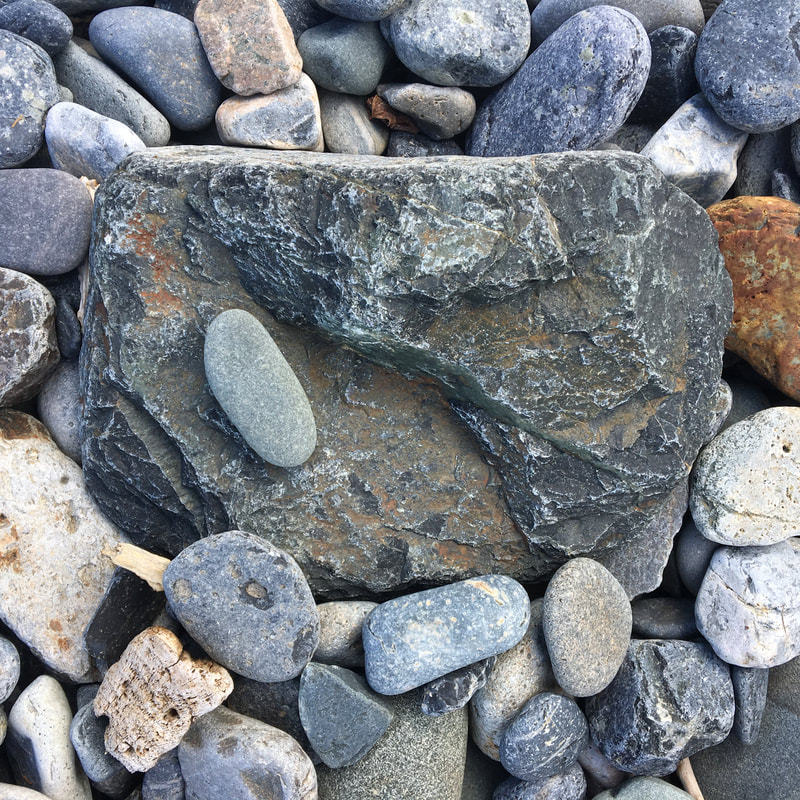
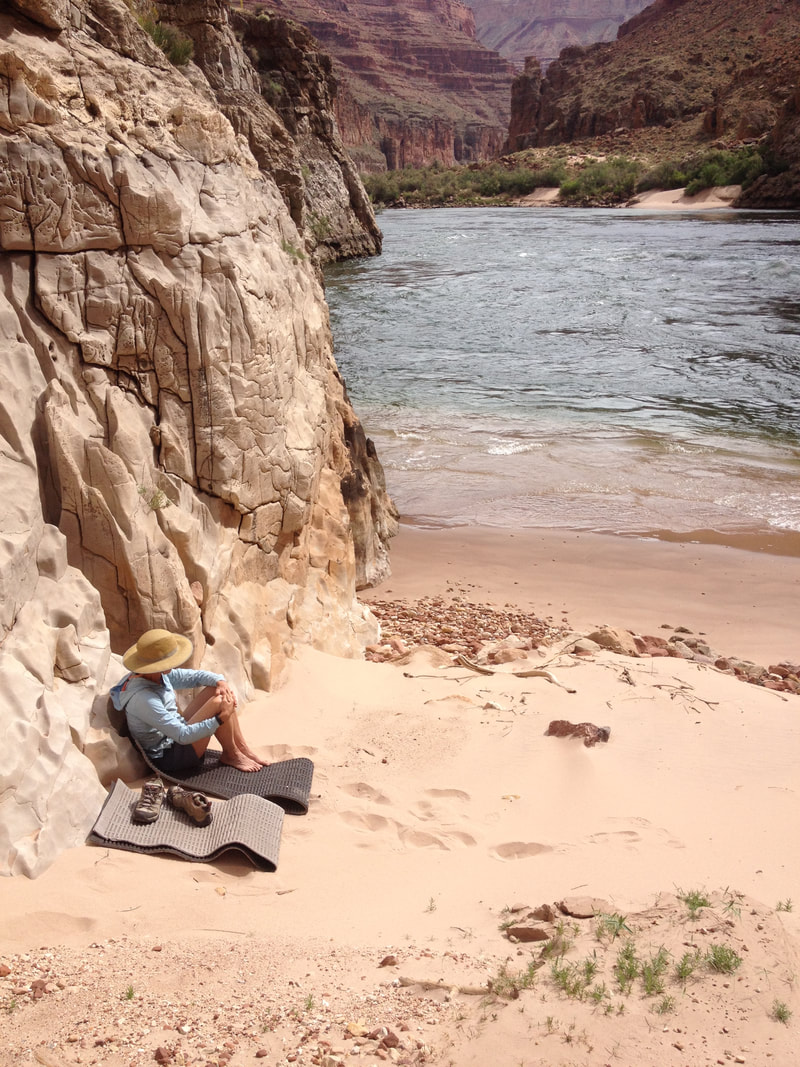
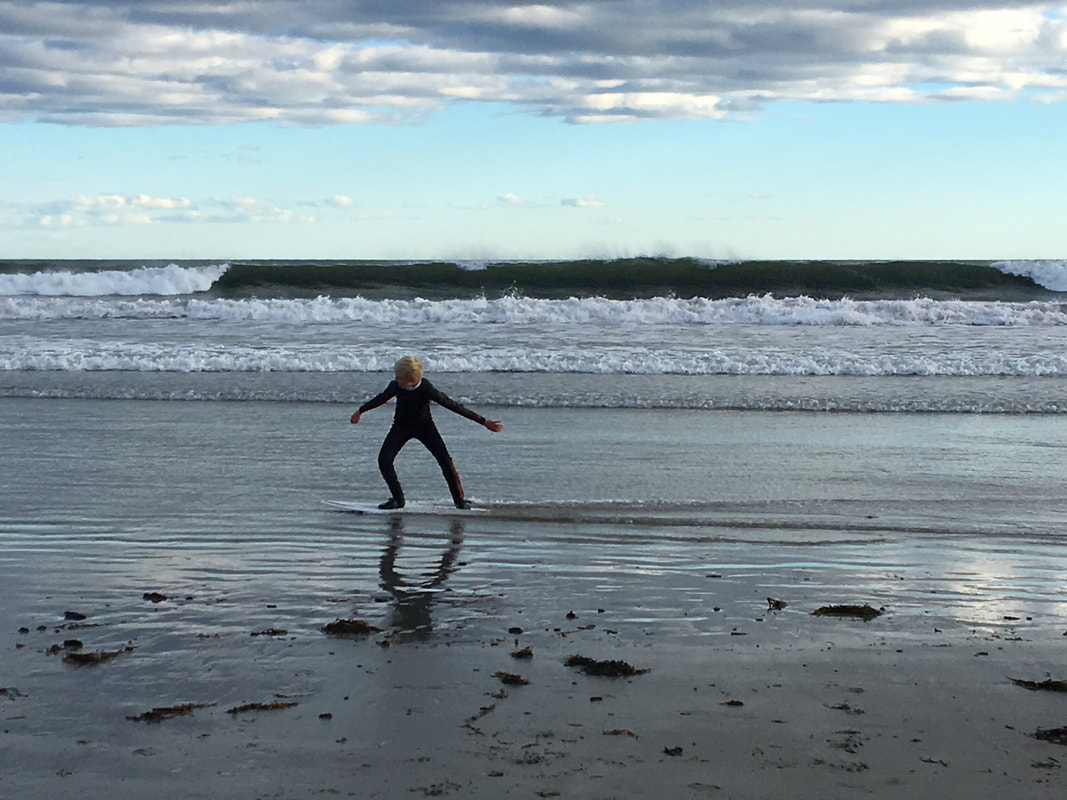
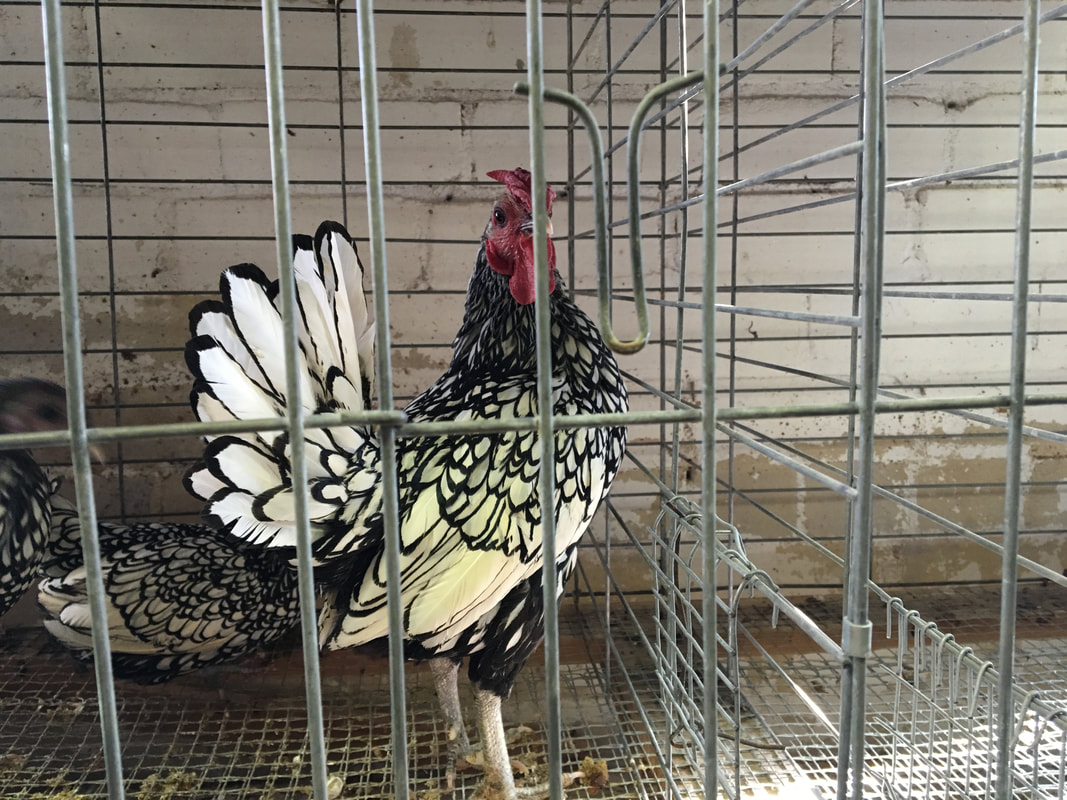
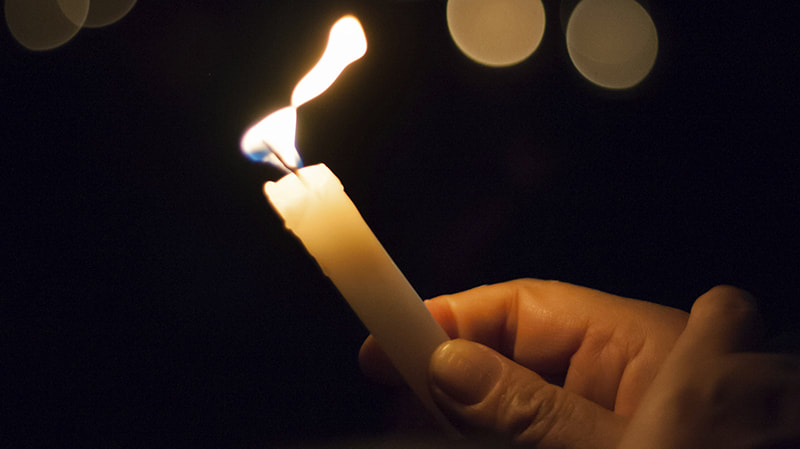
 RSS Feed
RSS Feed